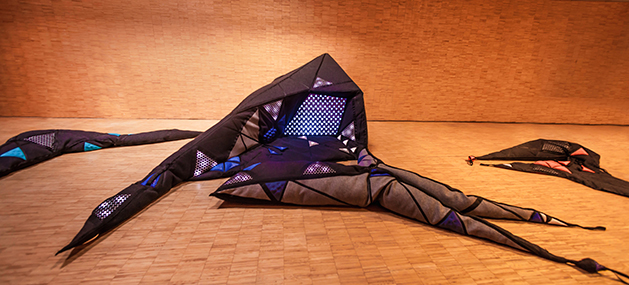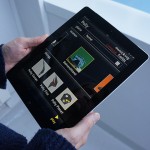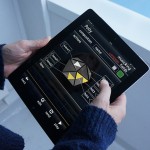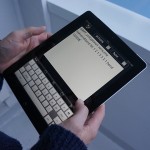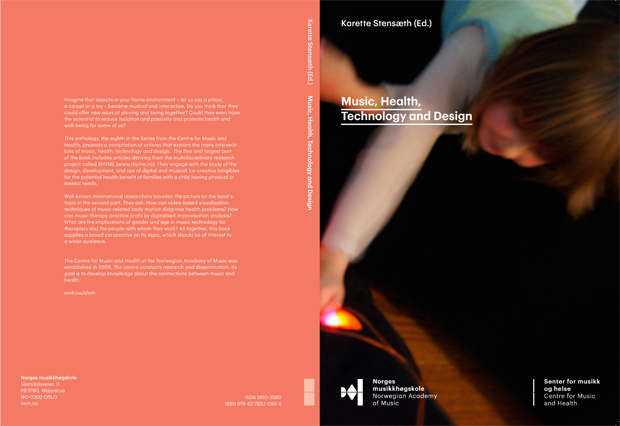
RHYME member Karette Stensæth has worked very hard for a long time to write and edit the book about RHYME called “Music, Health, Technology and Design”. The book is part of the Book Series from Centre for Music and Health and can be ordered here.
From the back side of the book (see the orange page above):
“Imagine that objects in your home environment – let us say a pillow, a carpet or a toy – became musical and interactive. Do you think that they could offer new ways of playing and being together? Could they even have the potential to reduce isolation and passivity and promote health and well-being for some of us?
This anthology, the eighth in the Series from the Centre for Music and Health, presents a compilation of articles that explore the many intersections of music, health, technology and design. The first and largest part of the book includes articles deriving from the multidisciplinary research project called RHYME (www.rhyme.no). They engage with the study of the design, development, and use of digital and musical ‘co-creative tangibles’ for the potential health benefit of families with a child having physical or mental needs.
Well-known international researchers broaden the picture on the book’s topic in the second part. They ask: How can video-based visualisation techniques of music-related body motion diagnose health problems? How can music therapy practice profit by digitalised improvisation analysis? What are the implications of gender and age in music technology for therapists and the people with whom they work? All together, this book
supplies a broad perspective on its topic, which should be of interest to a wider audience.
The Centre for Music and Health at the Norwegian Academy of Music was established in 2008. The centre conducts research and dissemination. Its goal is to develop knowledge about the connections between music and health.”
Table of Contents
Foreword
Natasha Barrett
Editor’s foreword
Karette Stensæth
Designing four generations of ‘Musicking Tangibles’
Birgitta Cappelen and Anders-Petter Andersson
Vocal and tangible interaction in RHYME
Anders-Petter Andersson and Birgitta Cappelen
An interactive technology for health:
New possibilities for the field of music and health and for music therapy?
A case study of two children with disabilities playing with ‘ORFI’
Karette Stensæth and Even Ruud
Potentials and challenges in interactive and musical collaborations involving children with disparate disabilities
A comparison study of how Petronella, with Down syndrome, and Dylan, with autism, interact with the musical and interactive tangible ‘WAVE’
Karette Stensæth
‘Come sing, dance and relax with me!’
Exploring interactive ‘health musicking’ between a girl with disabilities and her family playing with ‘REFLECT’ (A case study)
Karette Stensæth
‘FIELD AND AGENT’: Health and characteristic dualities in the co-creative, interactive and musical tangibles in the RHYME project
Ingelill Eide
Health affordances of the RHYME artefacts
Even Ruud
PARTICIPATION: A combined perspective on the concept from the fields of informatics and music and health
Karette Stensæth, Harald Holone, and Jo Herstad
From experimental music technology to clinical tool
Alexander Refsum Jensenius
Technology and clinical improvisation – from production and playback to analysis and interpretation
Jaakko Erkkilä, Esa Ala-Ruona, and Olivier Lartillot
Using electronic and digital technologies in music therapy: the implications of gender and age for therapists and the people with whom they work
Wendy L. Magee



